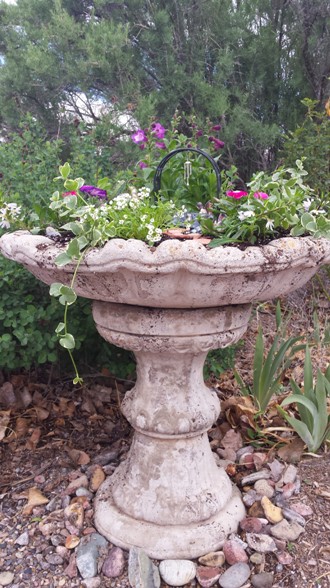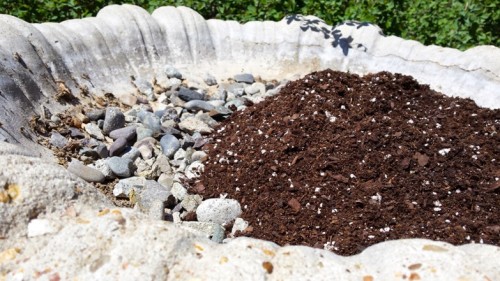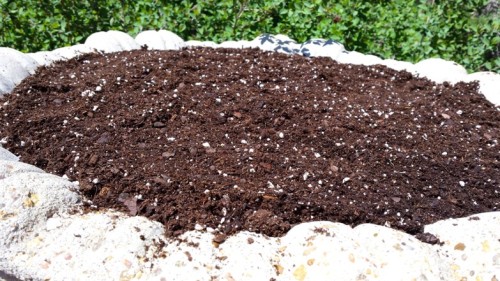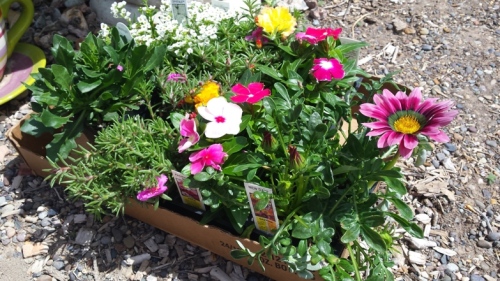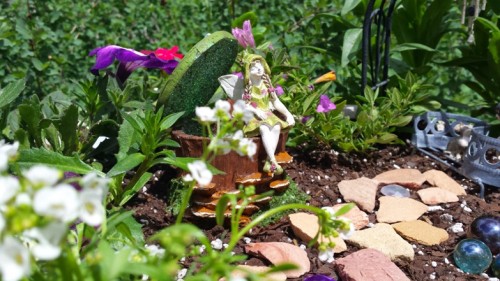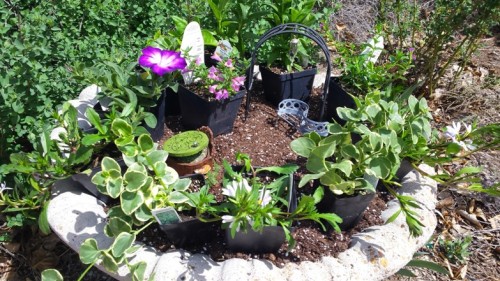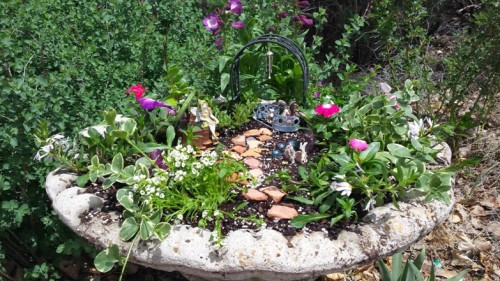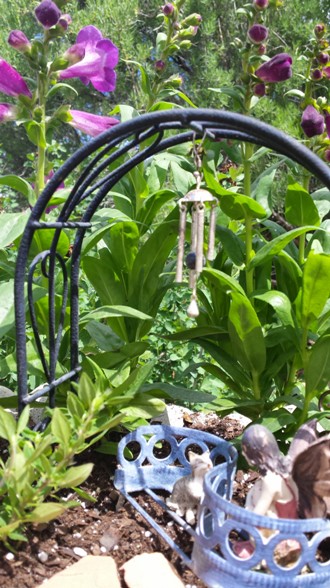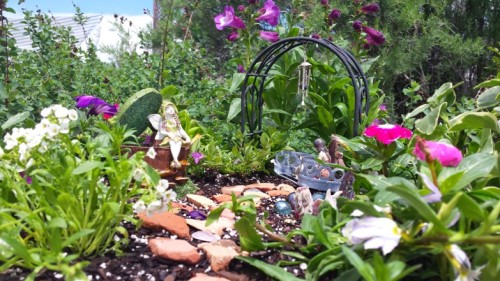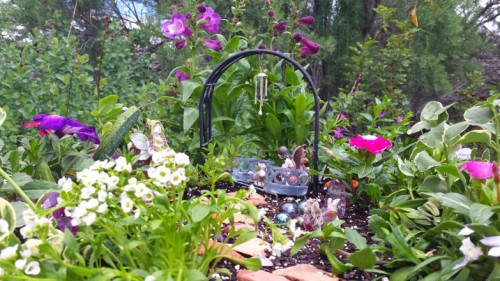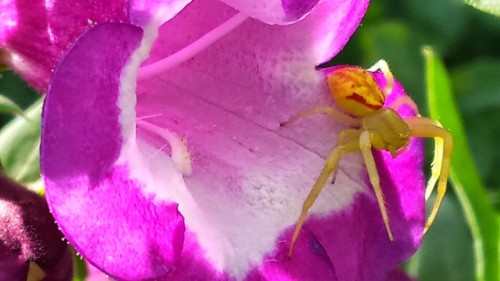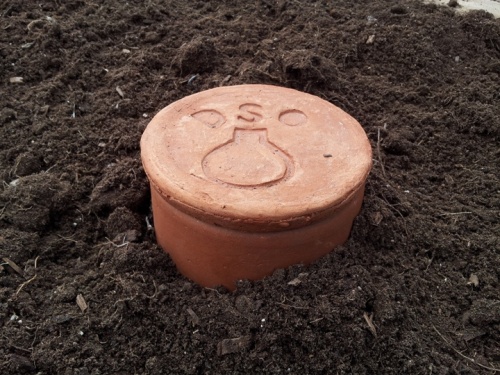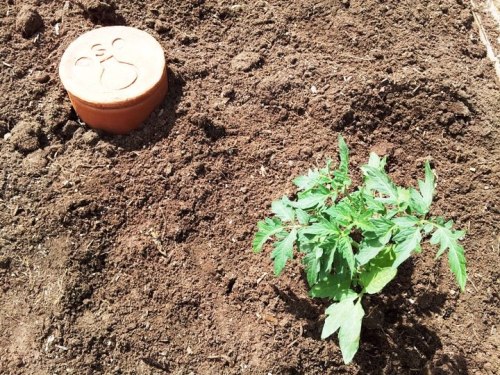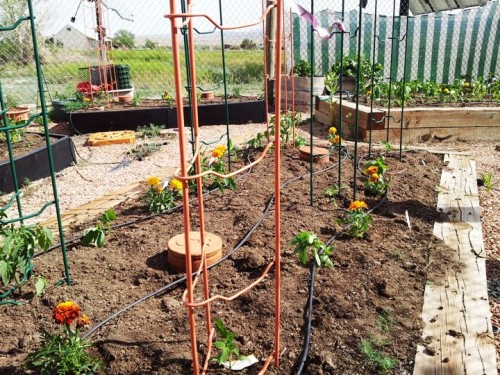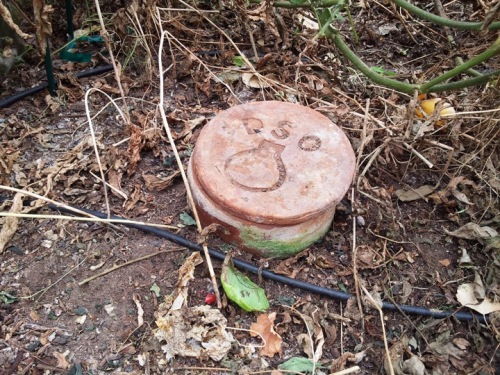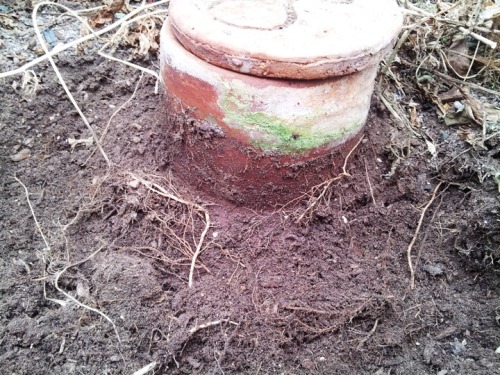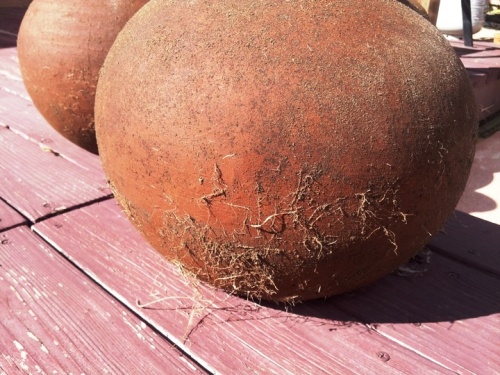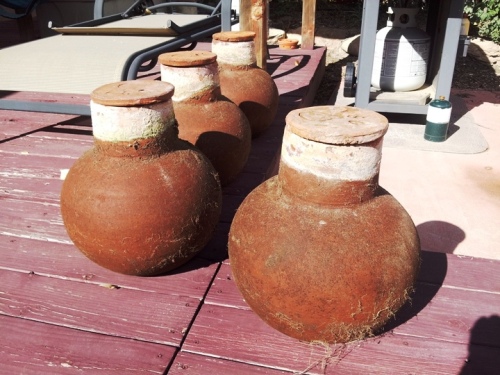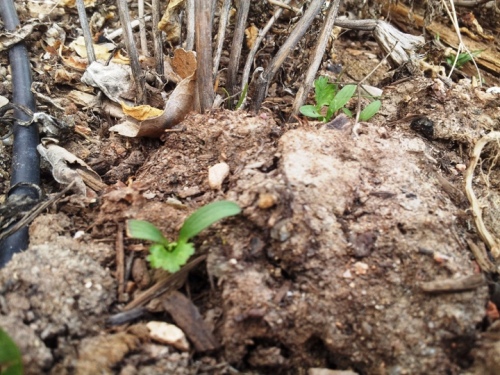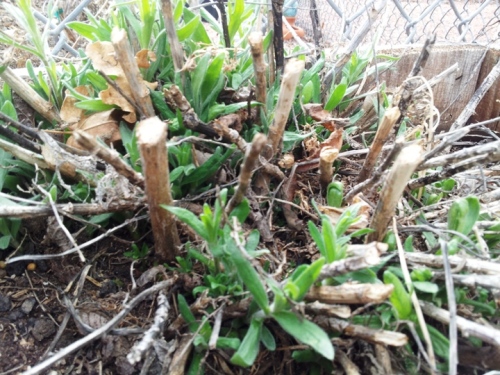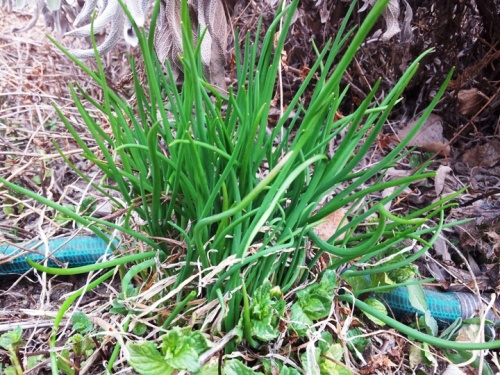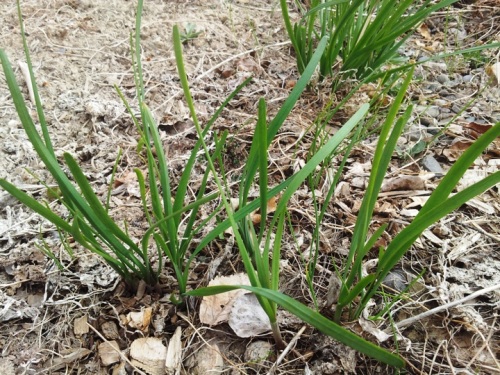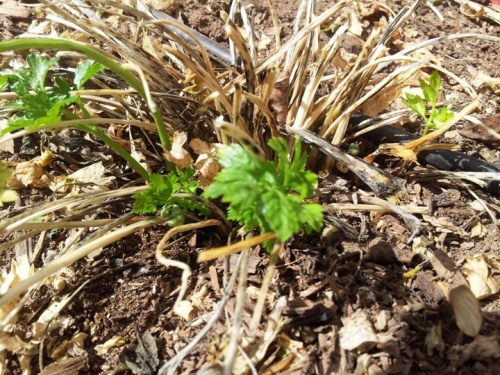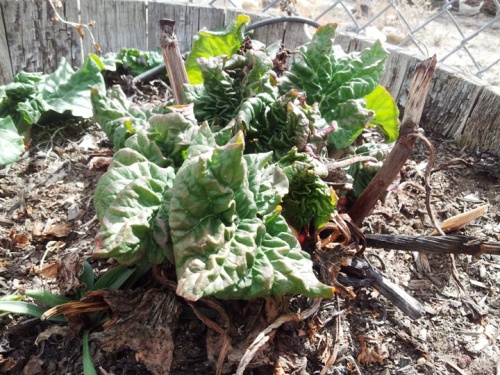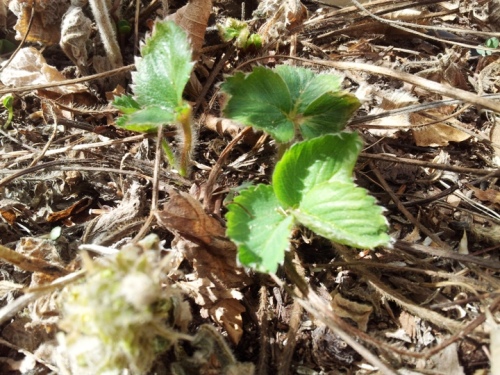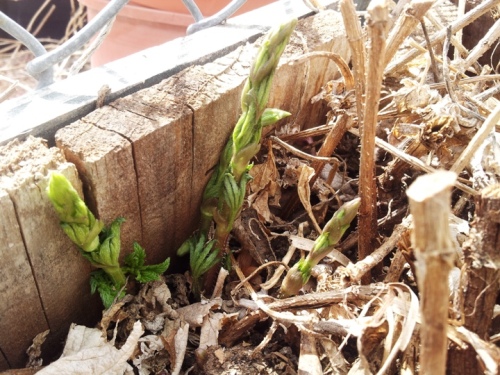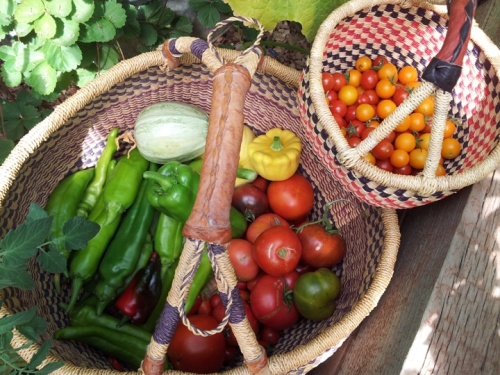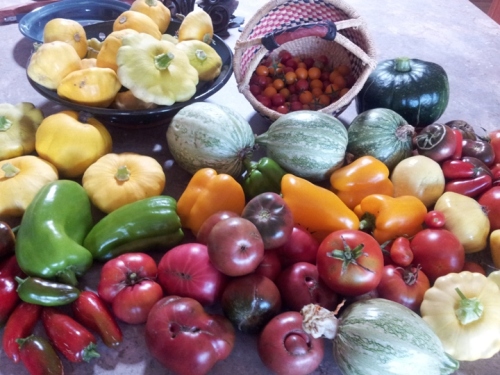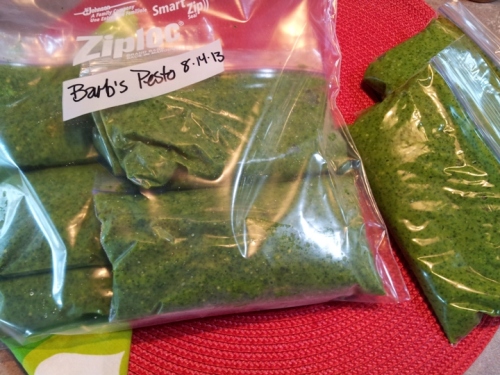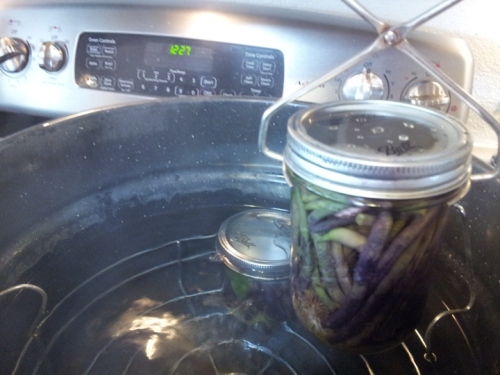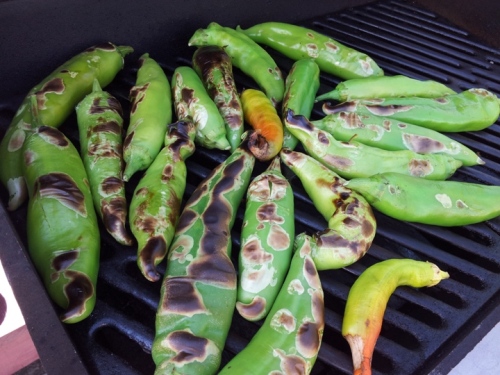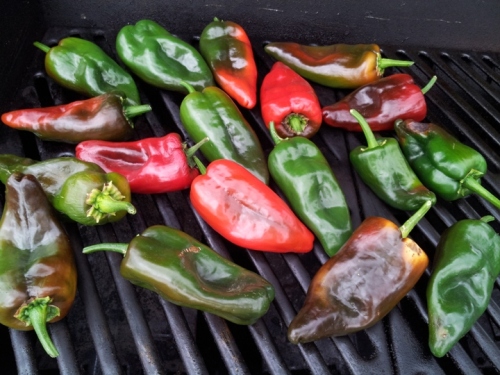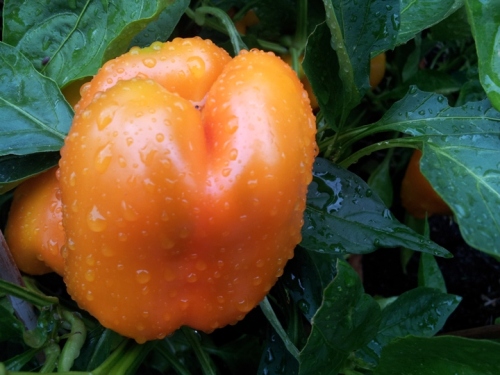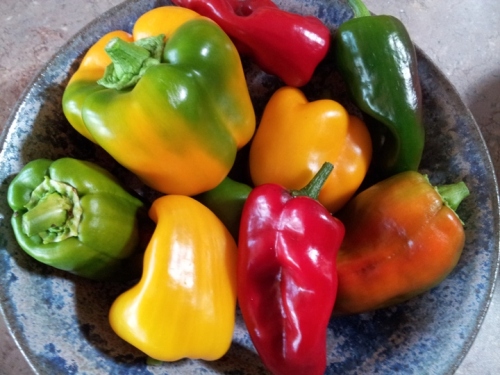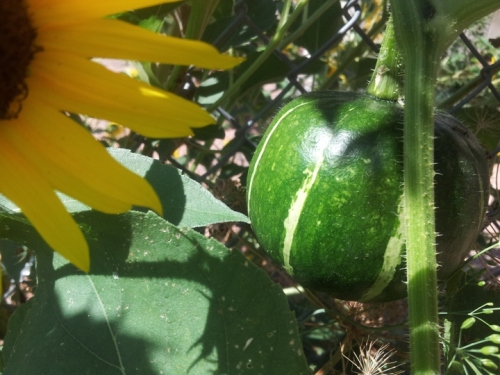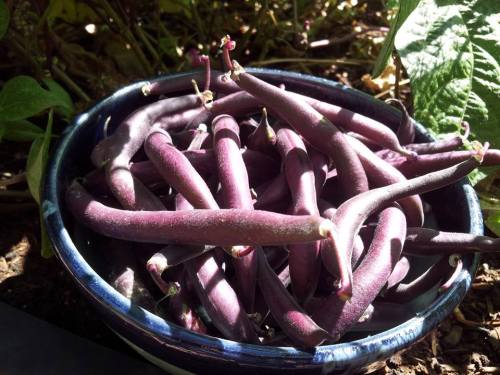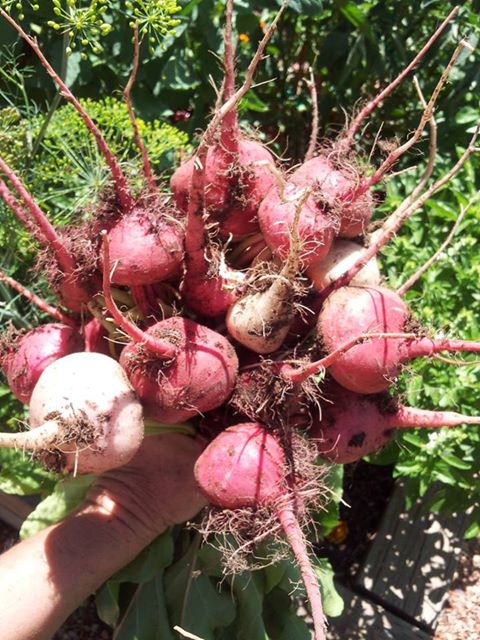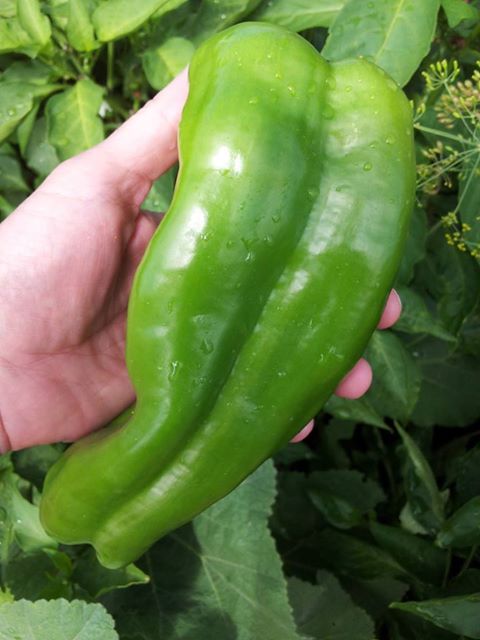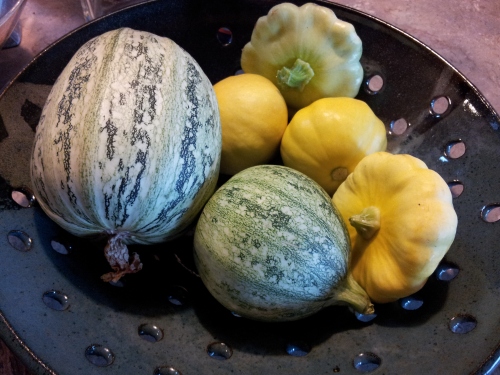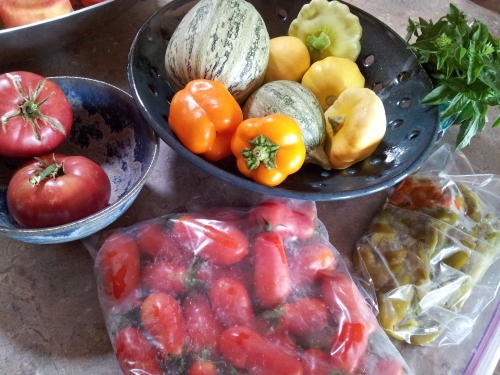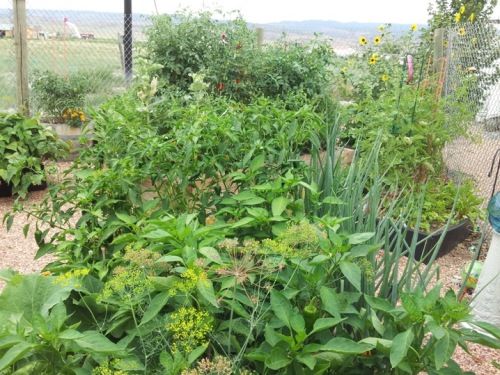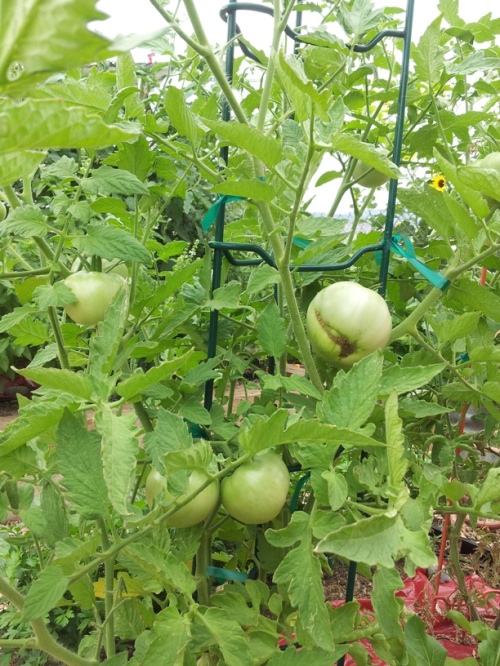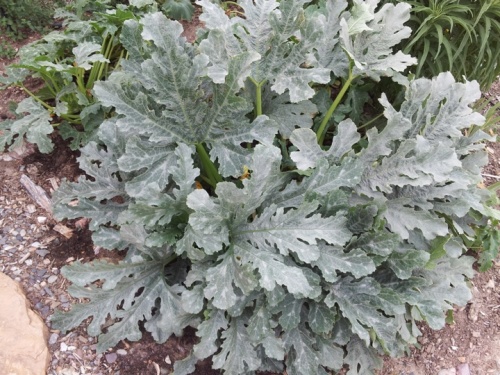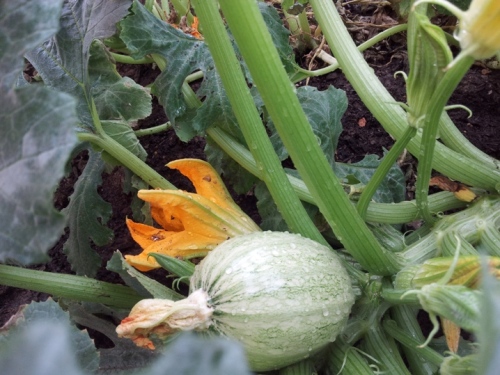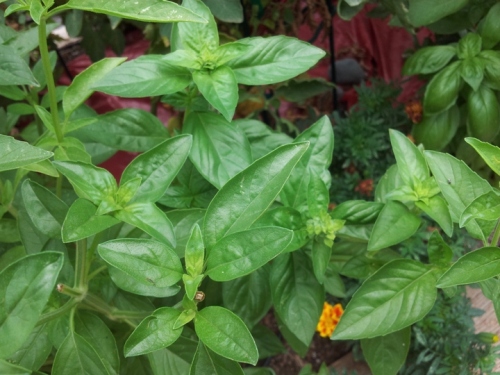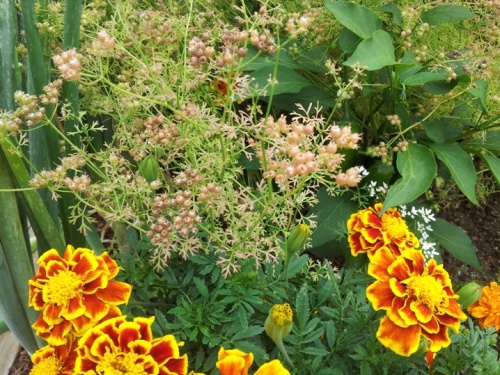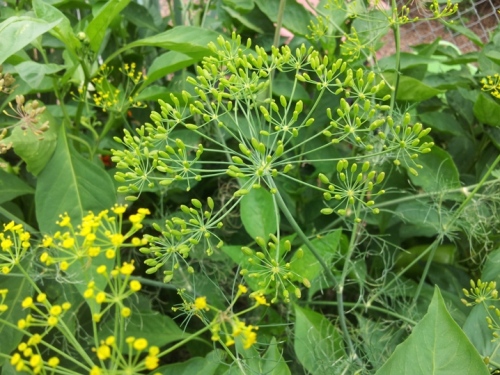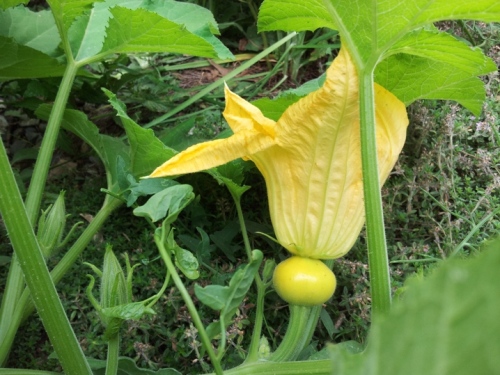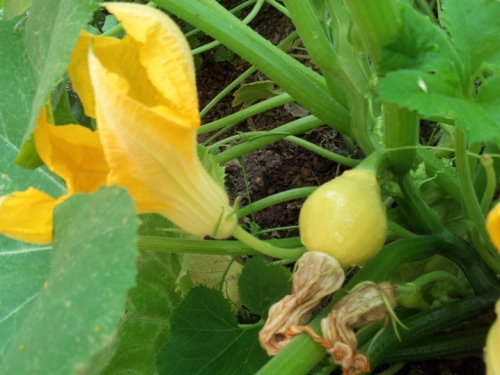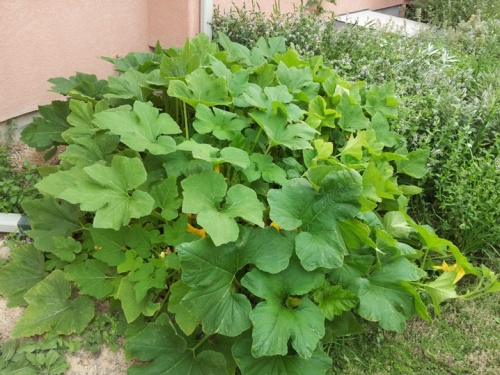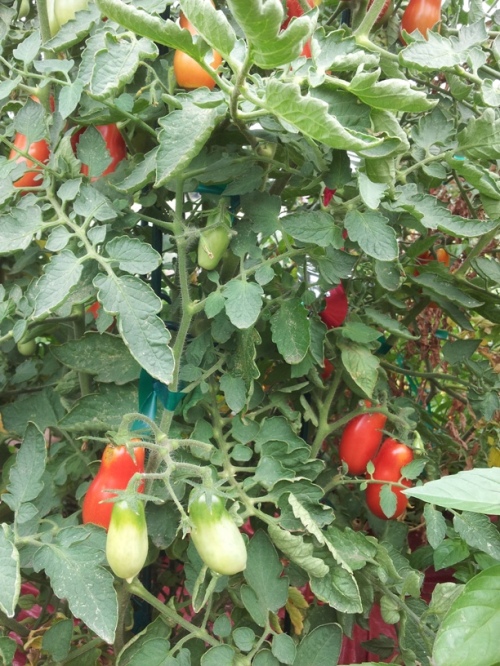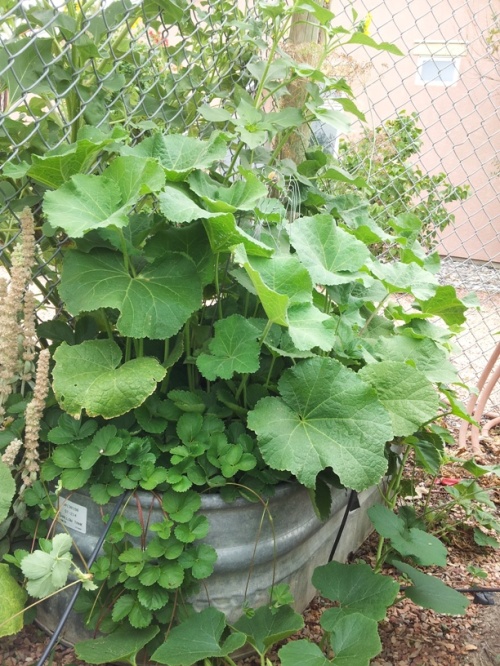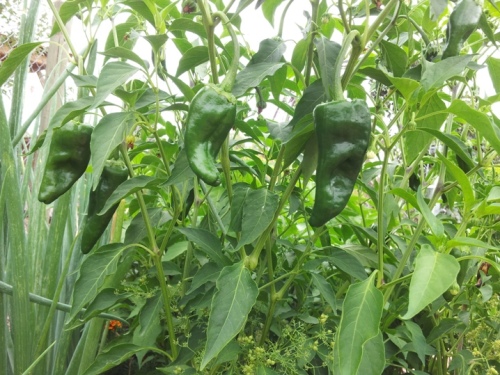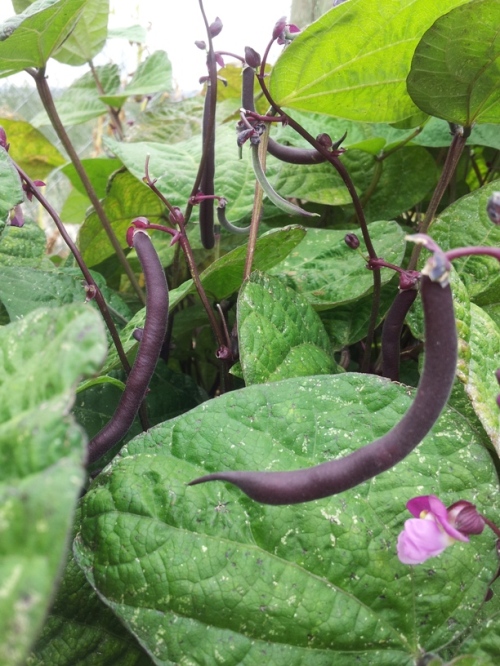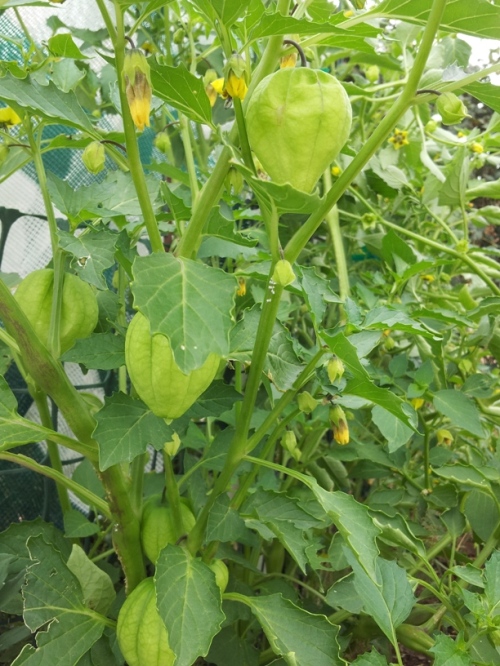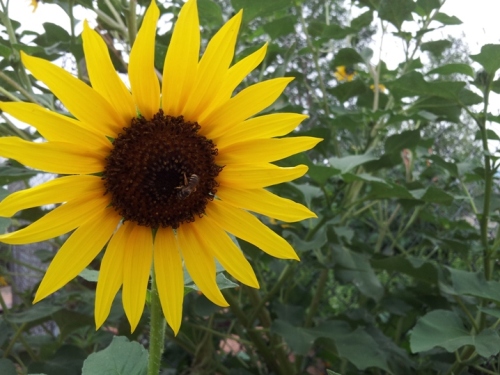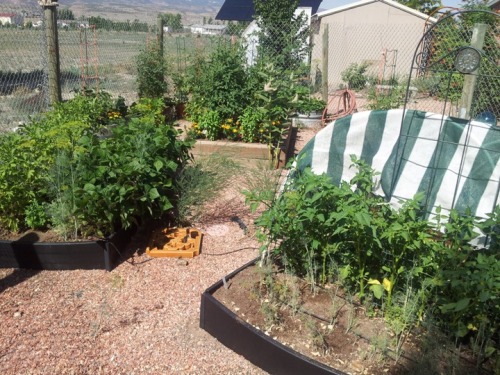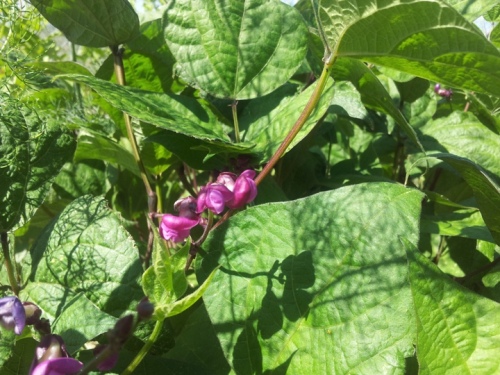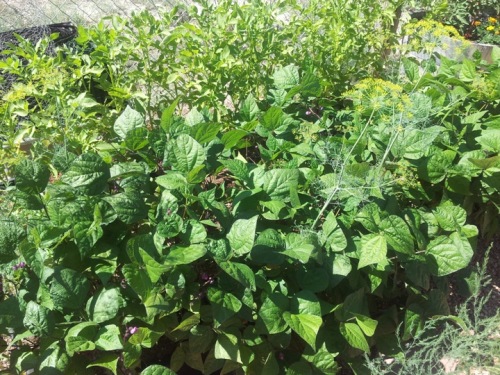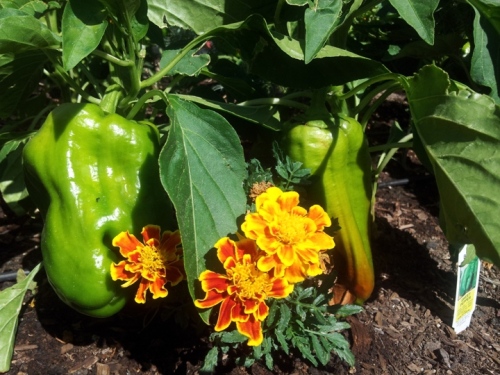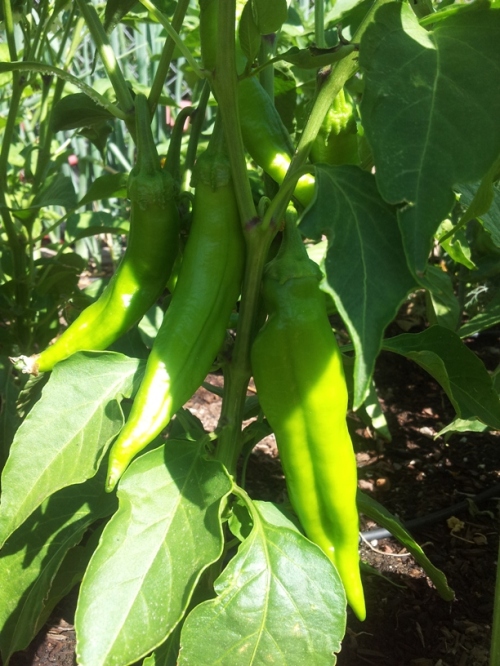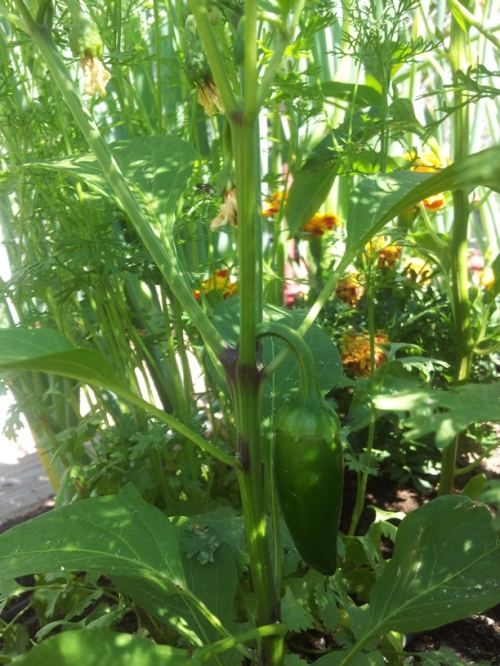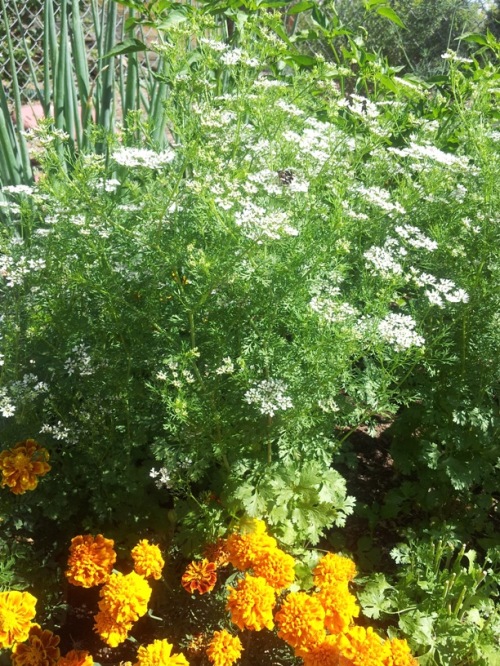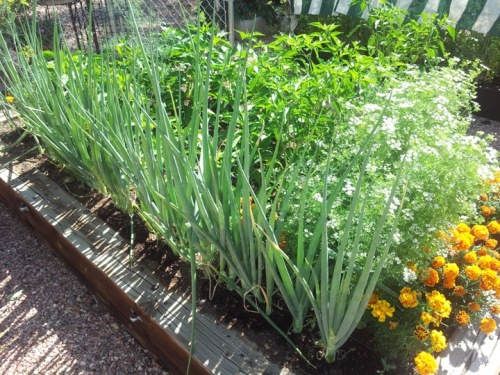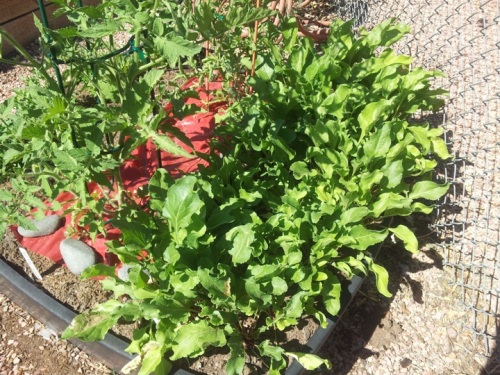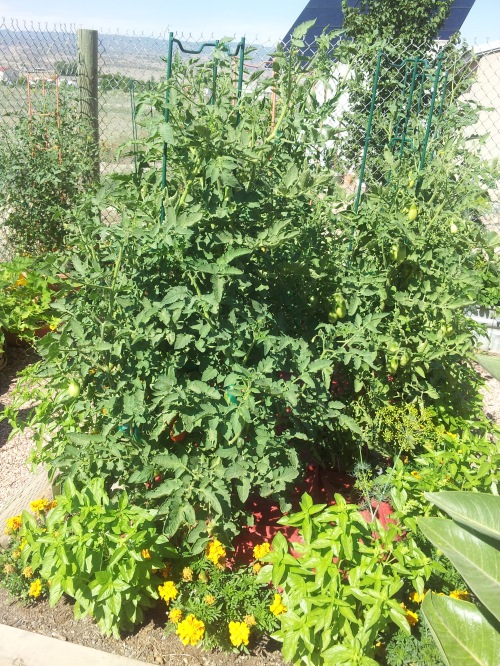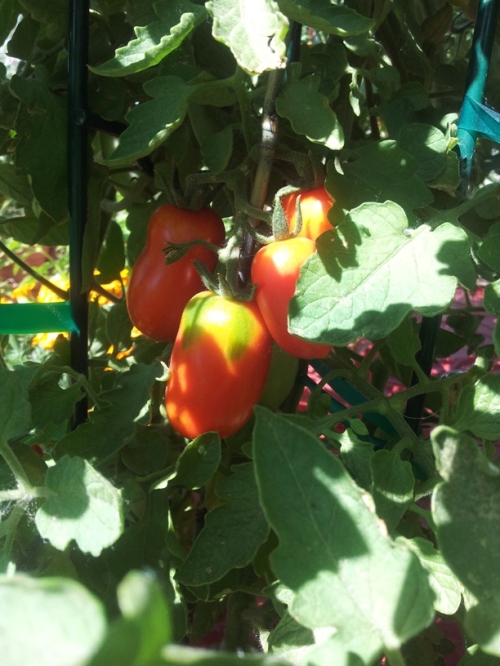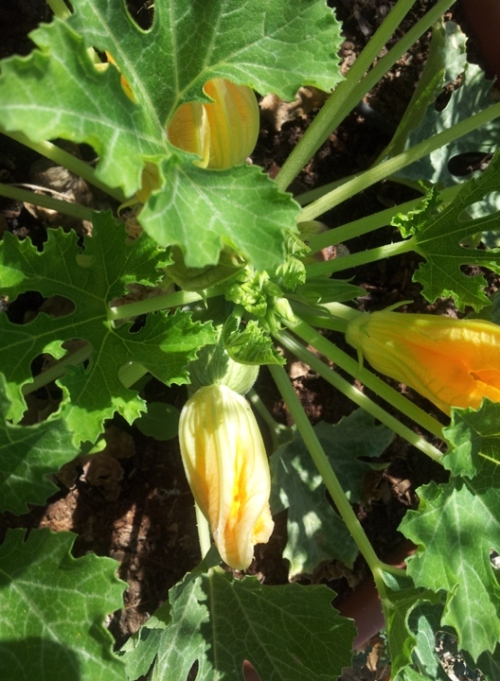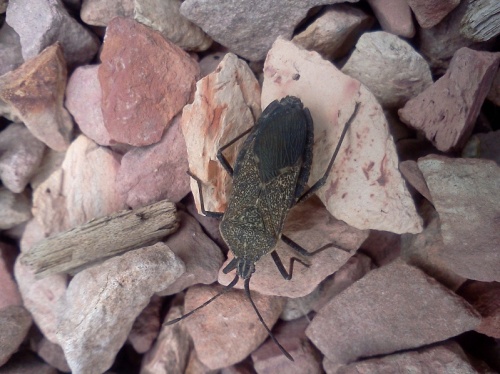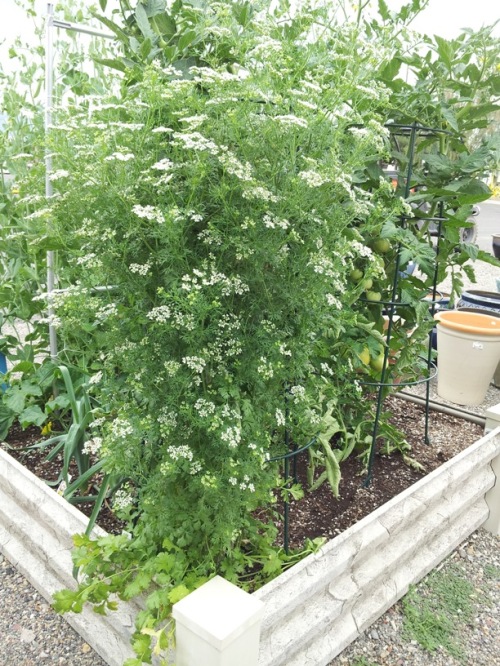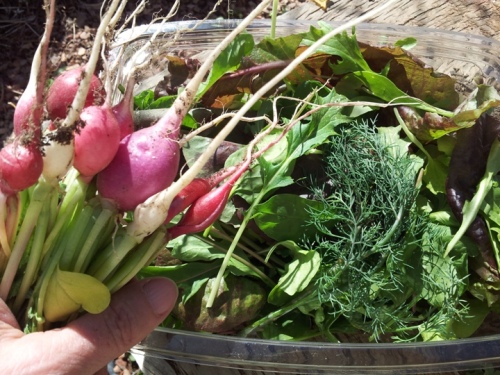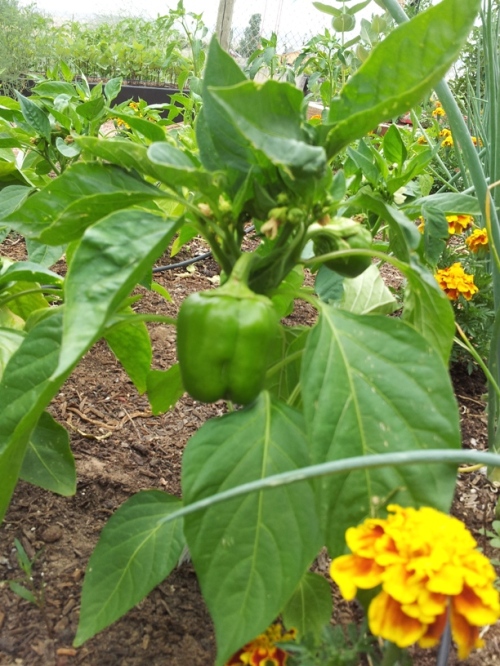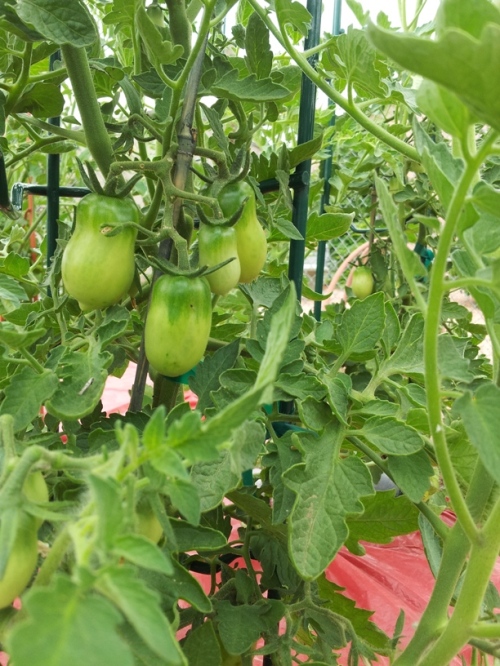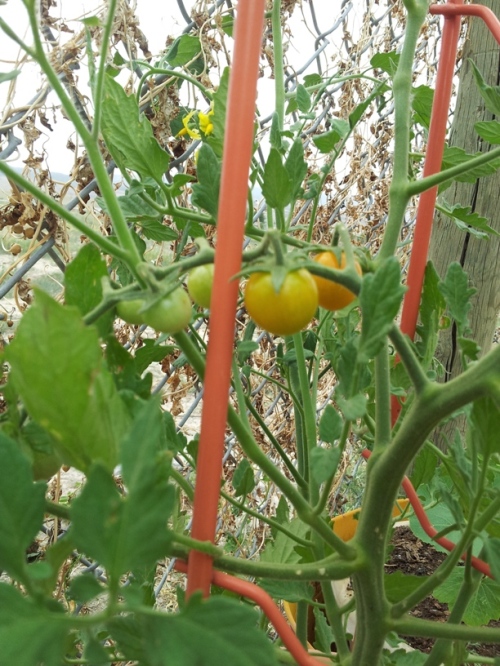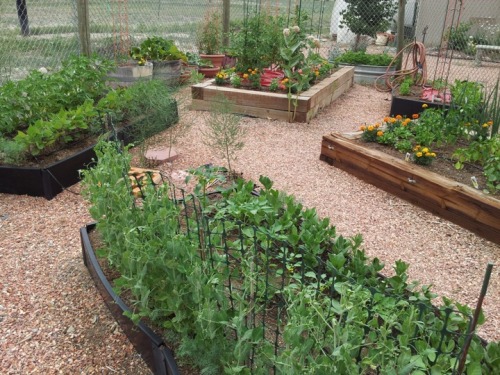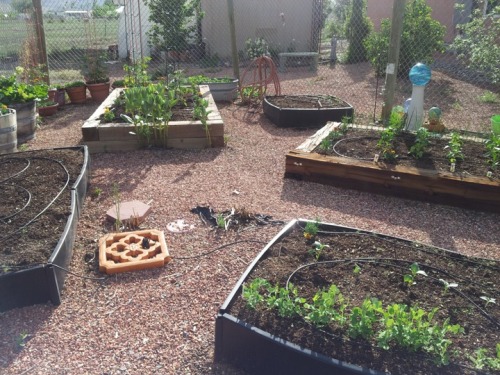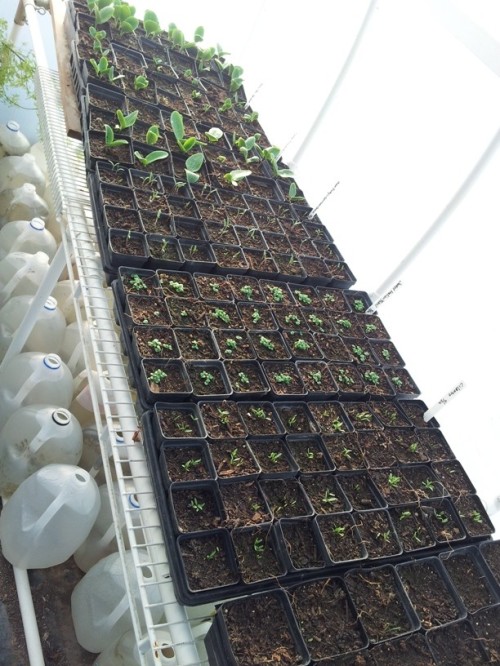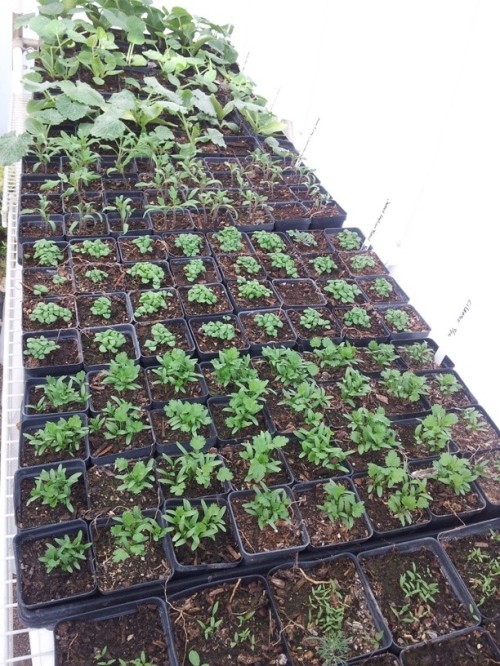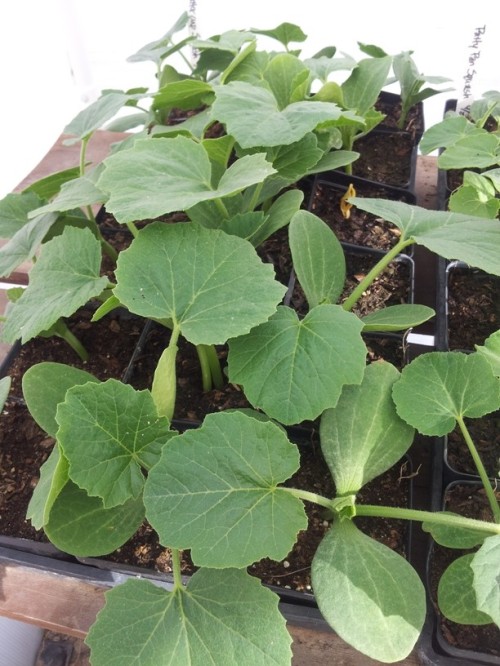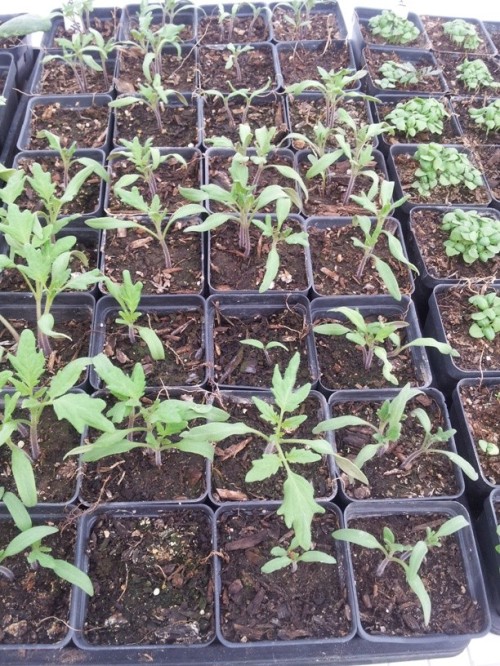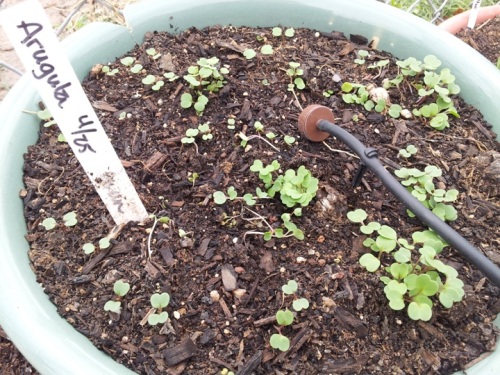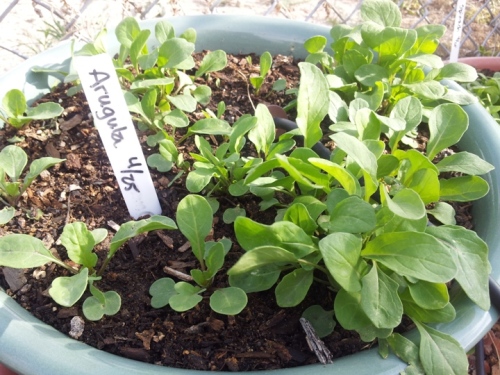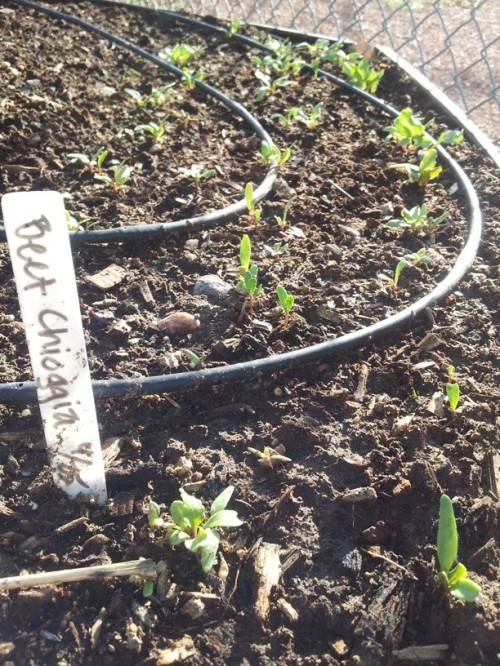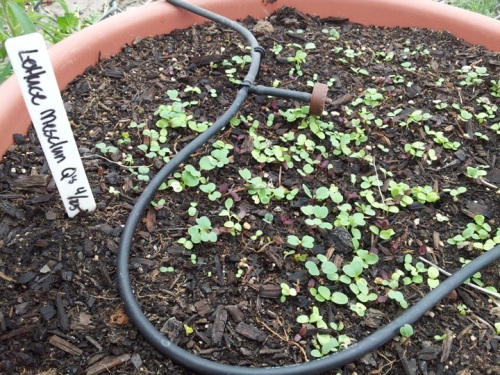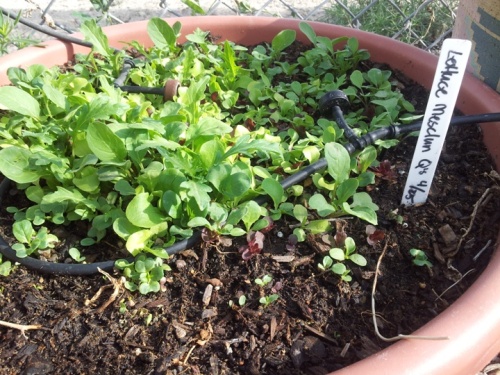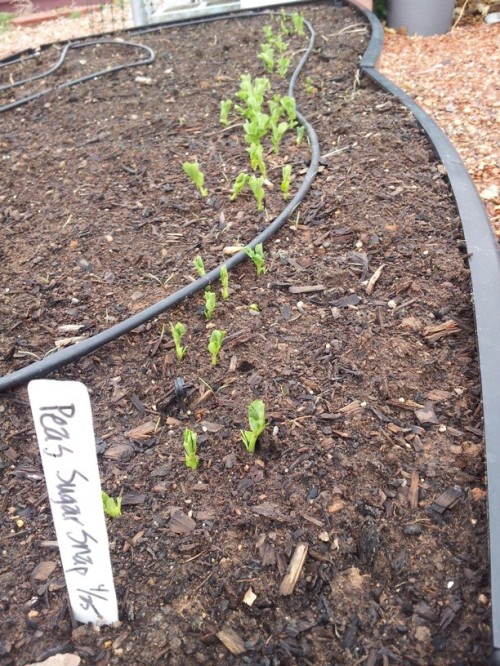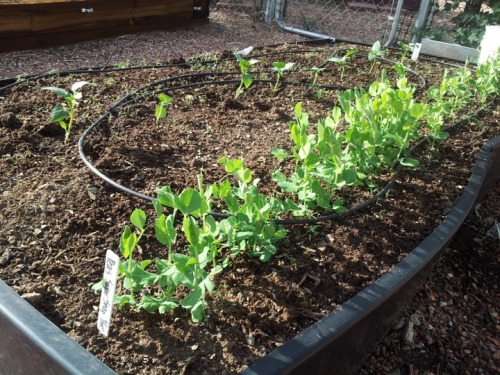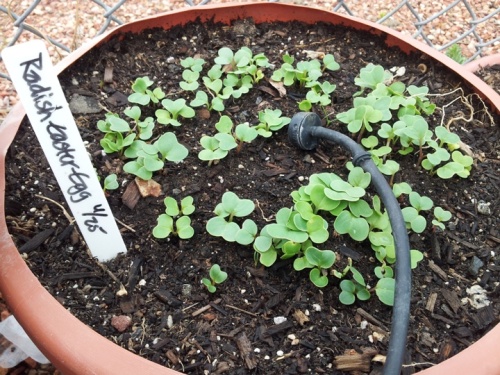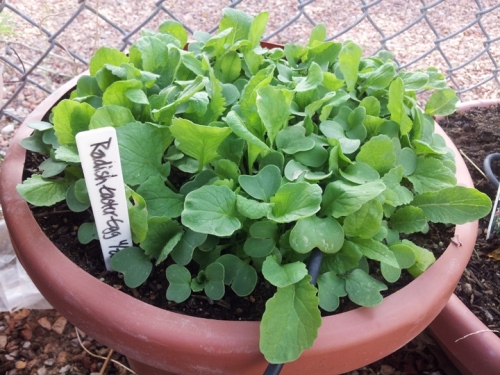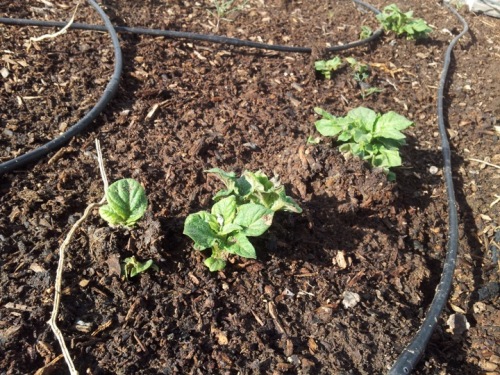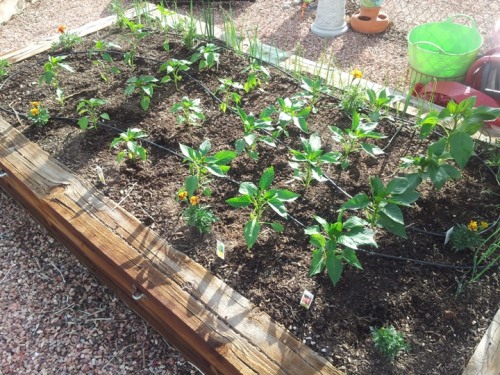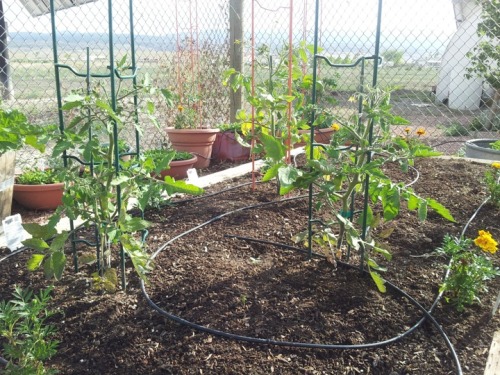Fall in the Grand Valley: leaves turning, rabbit brush blooming, a few chilly nights. Apples have replaced peaches at farm stands. The Mesa has had its first dusting of snow. Color Sunday has come and gone, and it’s time to prepare your gardens for winter and a strong start for next spring. Here’s your to do list for these last few warm days:
Your lawn. A healthy lawn is more resistant to disease and insects. Prepare it for winter survival, and a strong start next spring with Winterizer from Fertilome.
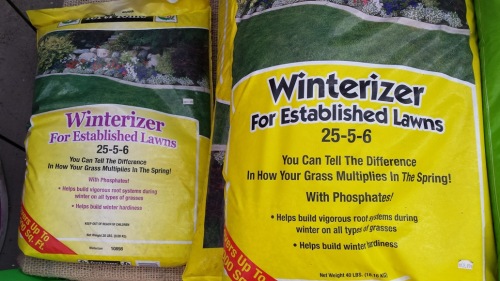
Your veggie garden and other annual plants. Once frost has toasted your annuals, it’s time to pull them up. If you’ve had issues with disease or insects in those plants, bag them for the trash. Otherwise, they’re good to compost. Pulling dead plants out lessens the areas problem bugs have to overwinter. This is especially important for your squash plants—pulling and disposing of the dead plant material is the first step toward fewer squash bugs next season.
When veggie beds are cleaned of dead plant material, now is a great time to lay down a layer of compost and turn it in, or plant a cover crop, like winter rye. Veggies are heavy feeders, transferring soil nutrients to those peppers and tomatoes you’ve been enjoying. Amending your soil helps return nutrients to the soil as well as improving soil texture and water retention.
If you have ceramic glazed pottery, it’s a good idea to remove the soil, or move pot and soil to a place where they will not get wet. Wet soil freezes and thaws during the winter and can crack the glaze of your pretty pots.
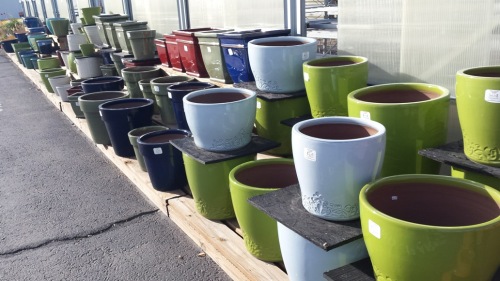
Many annual plants, such as marigolds, make seeds that can be collected when dry. Collect these, removing leaves and stems, and store them in labeled Ziploc bags in your fridge to plant next spring after frost danger has passed.
You can also save seed from heirloom tomatoes. There is a bit of a process to follow for success, but totally do-able. This video explains the process clearly.
Potted tropical plants, like hibiscus, jasmine, and geraniums can be brought inside for the winter. Before frost, check them for insects, and treat them with a systemic insecticide to be safe. When inside, place them in a bright sunny room, and water as needed, fertilizing once a month.
Dahlias, gladiolus and other tender, summer-flowering bulbs must be lifted out of the ground. Brush off excess soil and store in a cool, dark, dry place until next spring. Replant them when frost danger has passed.
Perennials. Unless you have perennials you keep in your garden to provide seeds, shelter for winter birds, or those you like for structure or interest in the winter garden, now is a good time to trim them back and prune out dead stems.
Fall planting. Fall’s cooler weather makes it a great time to plant! Trees, shrubs and roses are often found at sale prices. Be sure to amend the soil as you plant and use a root stimulator to encourage strong root growth prior to winter. It’s also a great time to plant perennials, pansies and spring-flowering bulbs like tulips, daffodils, and hyacinths. Pansies often reseed themselves and sometimes will even survive the winter to provide color next spring. Salad greens and root crops can survive a light frost and extend your garden season, especially inside a cold frame.
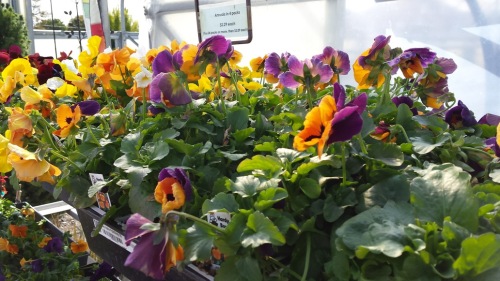
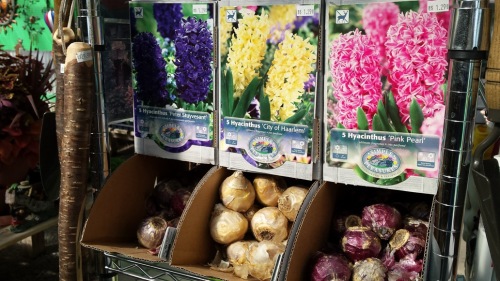
Weeds. Continue your weeding vigilance until they are well and truly dead. Weeds, unlike desirable plants, can tolerate a pretty hard frost. Weeding done now makes next spring’s weeding a bit easier. You might also consider putting down a preemergent and watering it in to smother weed seeds laying in wait in the soil.
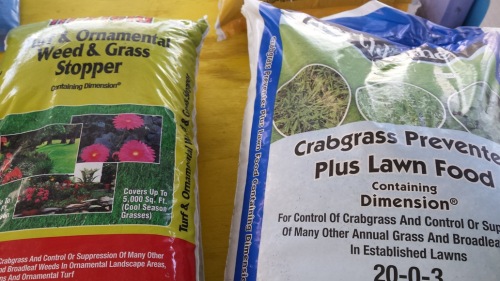
Leaves. Rake up leaves and compost or dispose of them, or use a mulching mower to chop them into tiny pieces. Leaving them on the lawn invites fungus and insects. This is the same reason to not use them to mulch your perennials. Leaves have a tendency to layer and pack down, holding in moisture that can rot a perennial.
Rain barrels. Now that Colorado allows for their use, keep in mind that they can split when they freeze. Empty them, clean them of any residual algae or mud, and store them for the winter.
Garden tools. Clean tools and apply a light layer of oil to prevent rust. Store them where you can find them easily next spring!
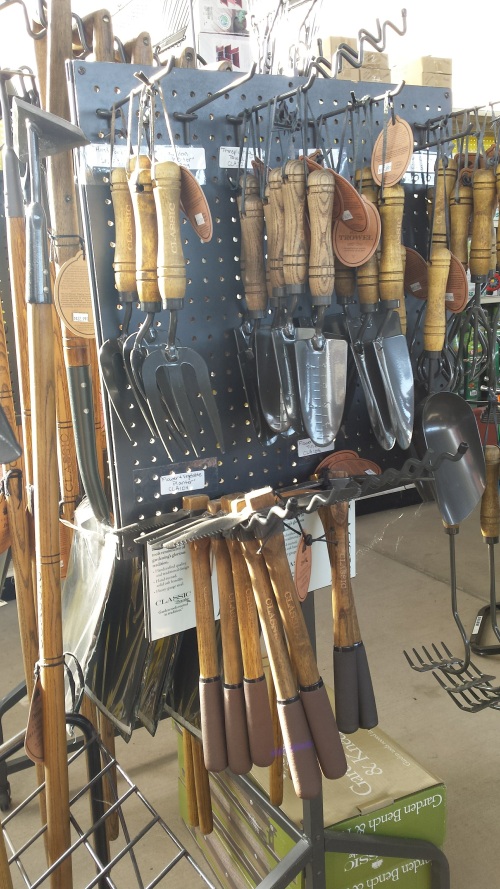
Chemicals. Even organic gardeners have some sort of fertilizer and bug killer around. Most chemicals are good season to season if stored properly. Liquids must be prevented from freezing—freezing draws water out of the solution and will not properly go back into the solution when thawed, making your chemical ineffective. Dry or granular chemicals should be protected from moisture. Plastic bins work great for this. Be sure to leave all chemicals in their original containers.
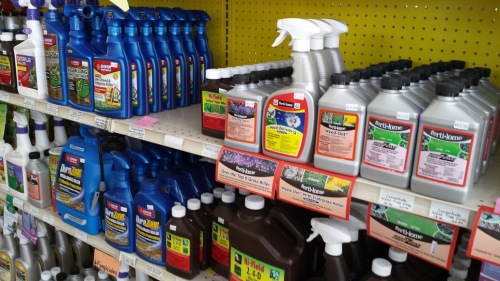
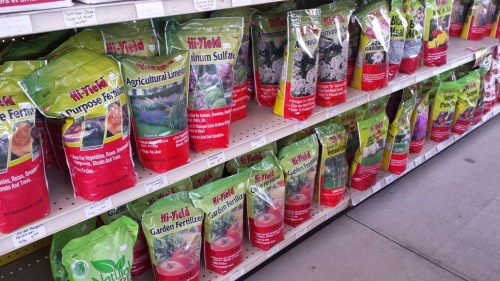
When the snow flies, you can sit back and enjoy, knowing your garden has been safely tucked in for the winter. Anticipate the next season by keeping track of what worked and didn’t this year and making plans for next season. Seed catalogs and a new gardening season will be here before you know it! Your friends at MGG will be here to help, starting in mid-March!

